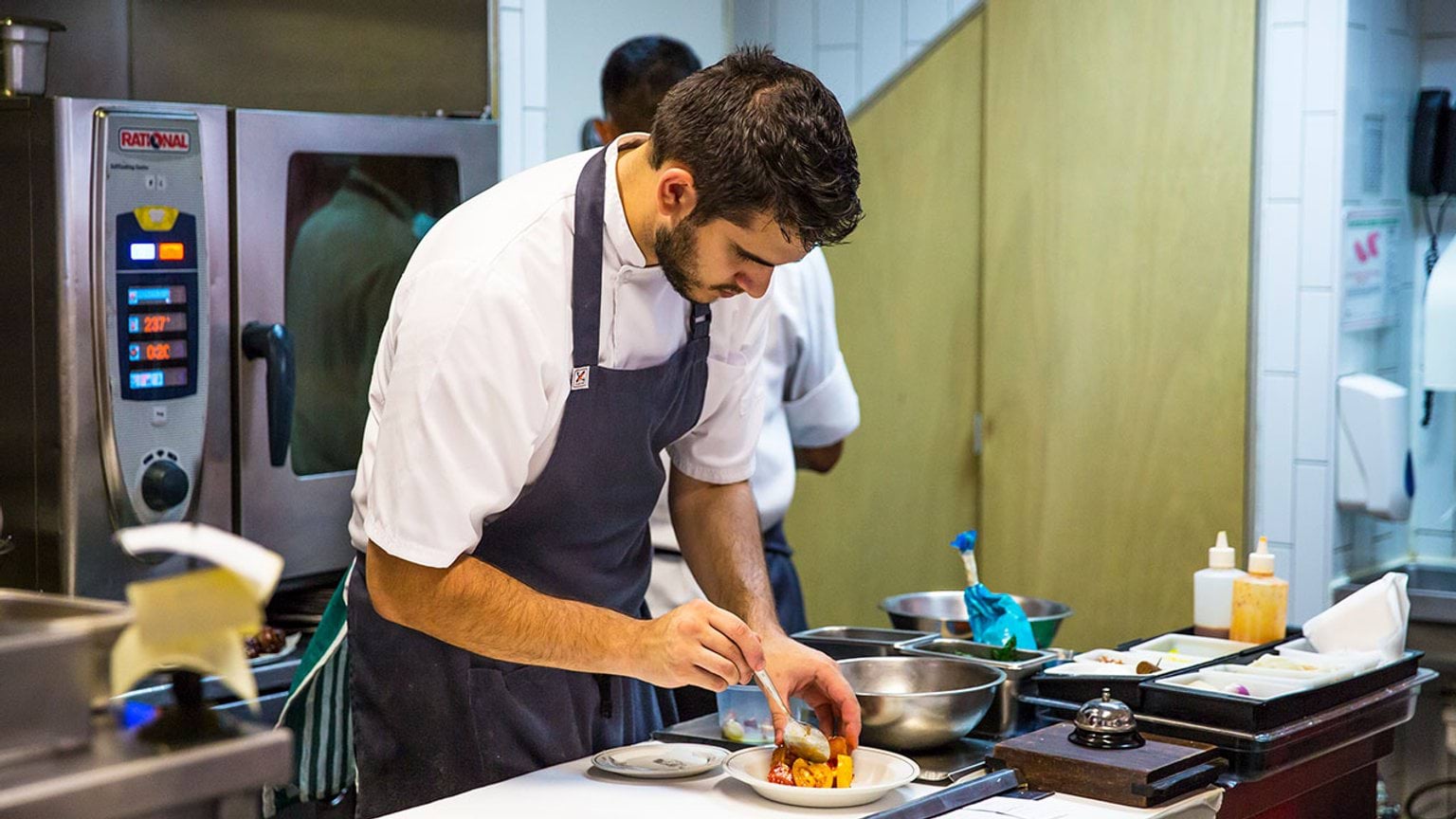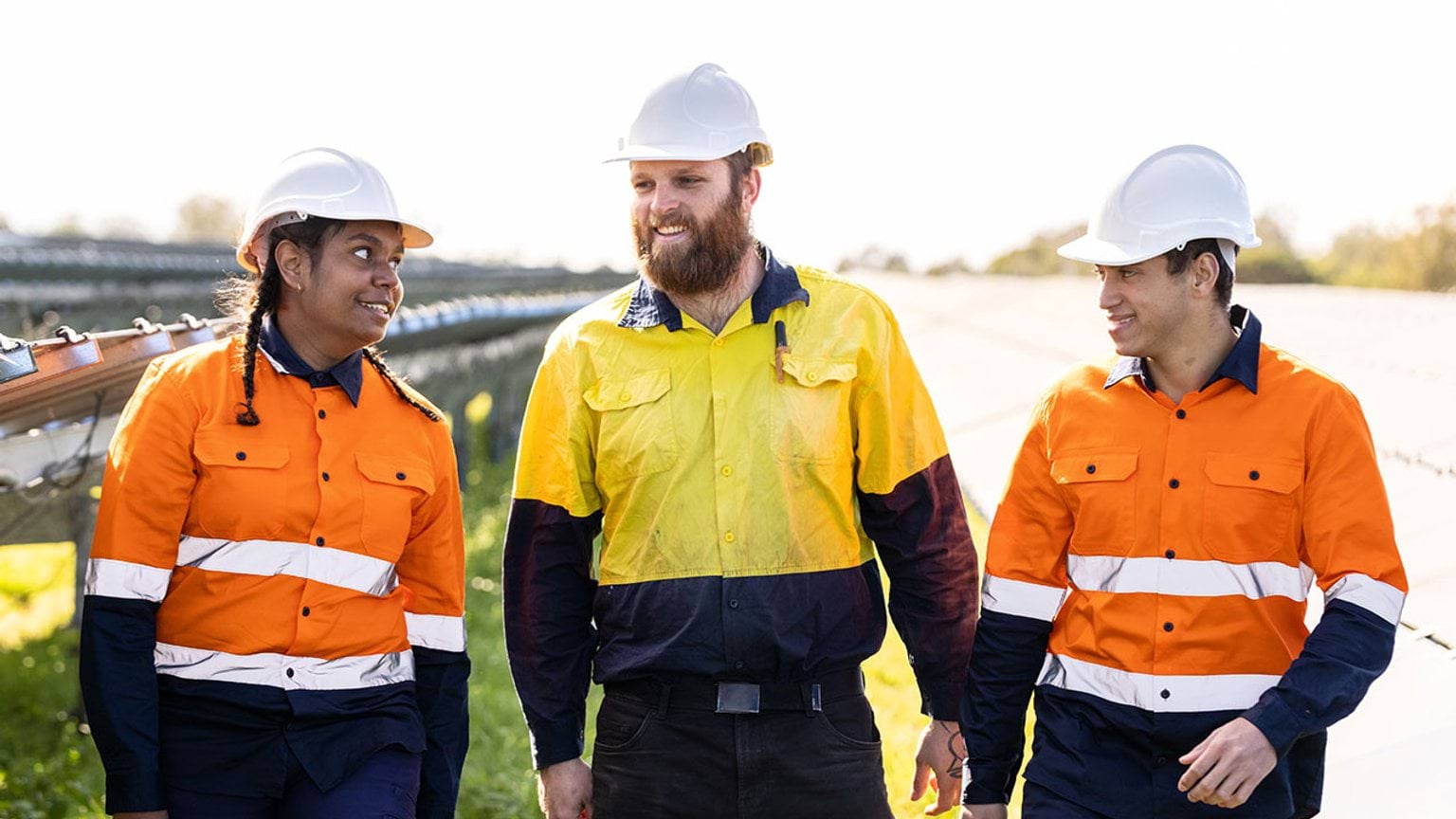Travel attendants help passengers travelling in aircraft, ships and trains. In an increasingly connected world, Victoria needs travel attendants more than ever.
Find out what a travel attendant does and the related Vocational Education and Training (VET) courses and pathways you can take to secure a job.
What is a travel attendant?
Travel attendants look after passengers on planes, ships and trains. You will help with boarding, tickets, luggage, refreshments and other passenger needs. You will ensure passenger safety, and may help with emergencies. You may also help with tidying and cleaning.
Find out more about travel attendants and related jobs on the Victorian Skills Gateway(opens in a new window):
- flight attendant(opens in a new window)
- tourist information officer(opens in a new window)
- travel consultant(opens in a new window).
Related training courses
Explore these related TAFE and training courses on the Victorian Skills Gateway(opens in a new window):
You may be eligible for government funding to help pay for your course.
Median salary
The median weekly earnings for travel attendants in Australia is $1,350.
Source: Jobs and Skills Australia(opens in a new window)
Note this salary is current as of January 2025 and is indicative only. A range of salaries apply to different roles across the industry.
Job demand in Victoria
Below are the employment projections for travel attendant jobs in Victoria. Figures show the number of workers in 2024 and the new workers expected to enter the workforce by 2027 and 2034.
‘New workers expected’ accounts for workers adding new jobs to the economy and replacing retirees over the next 3 and 10 years. These projections are estimates only. There will be additional jobs available as people move between jobs and industries.
Most travel attendants work from the major airports (Tullamarine and Avalon). The below table shows the regions where the jobs are located.
| Region | Workers 2024 | New workers expected by 2027 | New workers expected by 2034 |
|---|---|---|---|
| Victoria | 2,991 | 189 | 727 |
| Melbourne – inner metropolitan | 349 | 24 | 74 |
| Melbourne – northern metropolitan | 2,274 | 143 | 569 |
| Melbourne – western metropolitan | 294 | 19 | 74 |
Source: Victorian Skills Authority Employment Projections Dashboard
Resources to plan your next steps
Visit our accommodation and food services industry profile to find out about:
- what it’s like to work in accommodation and food services, and some of the jobs you could do
- training and skills to work in the industry, and financial assistance to help pay for your course
- help getting a job in accommodation and food services, and industry job projections for Victoria
- other free resources and advice to plan your training and career.
Explore growing industries in your region
Updated



